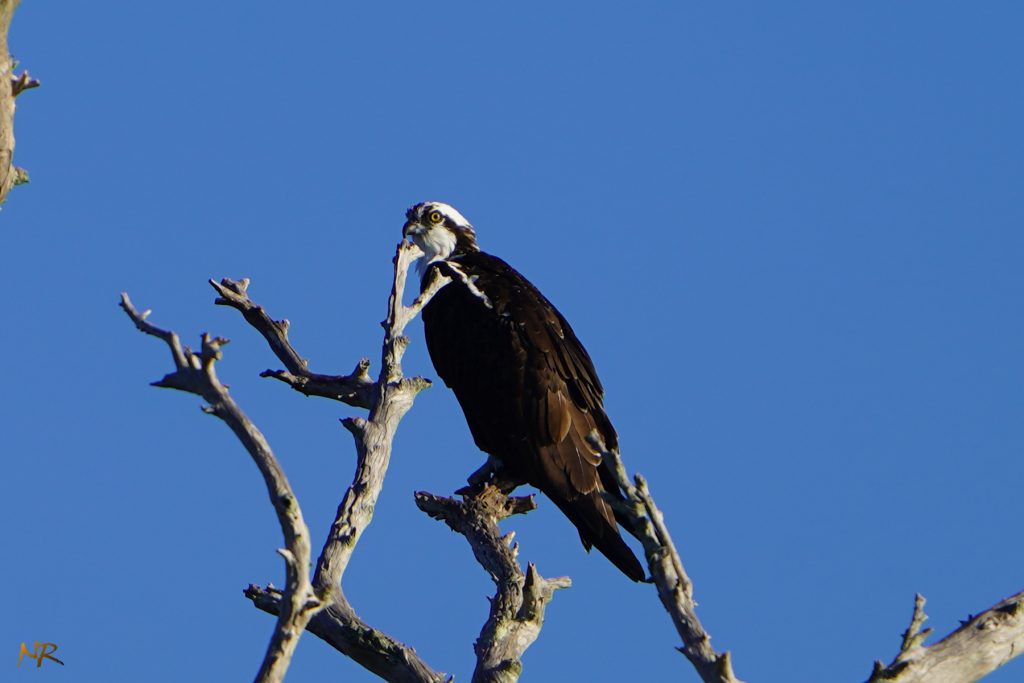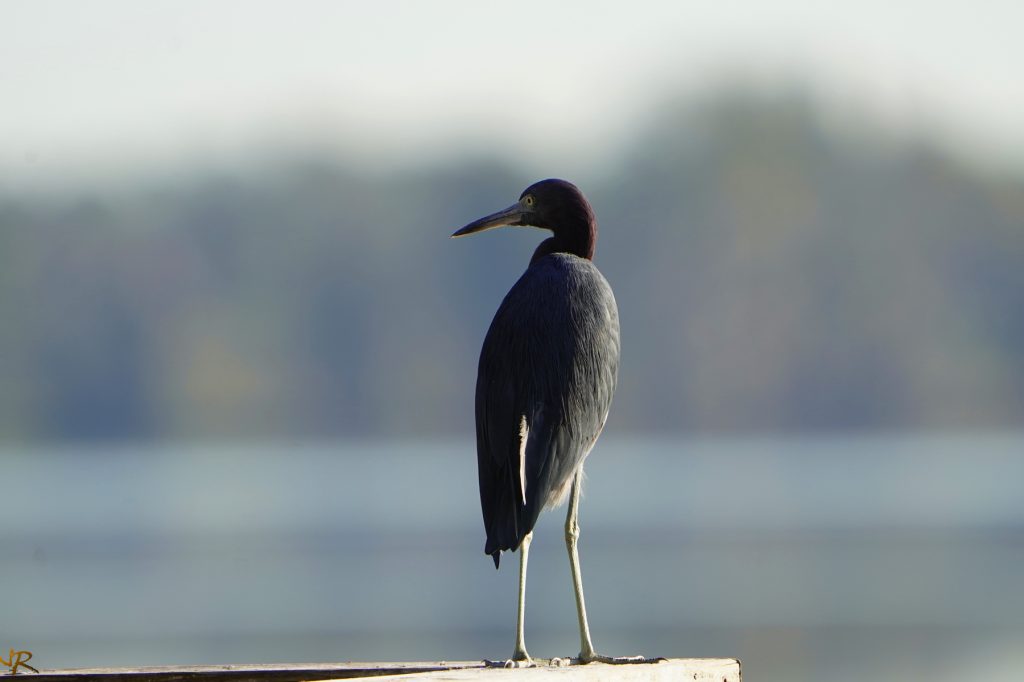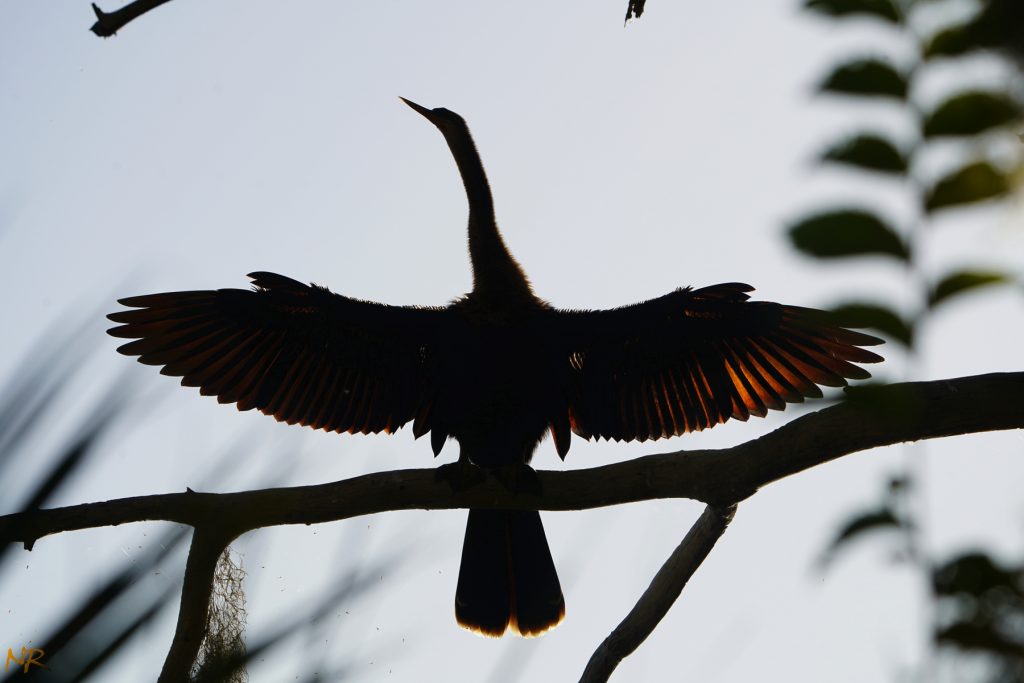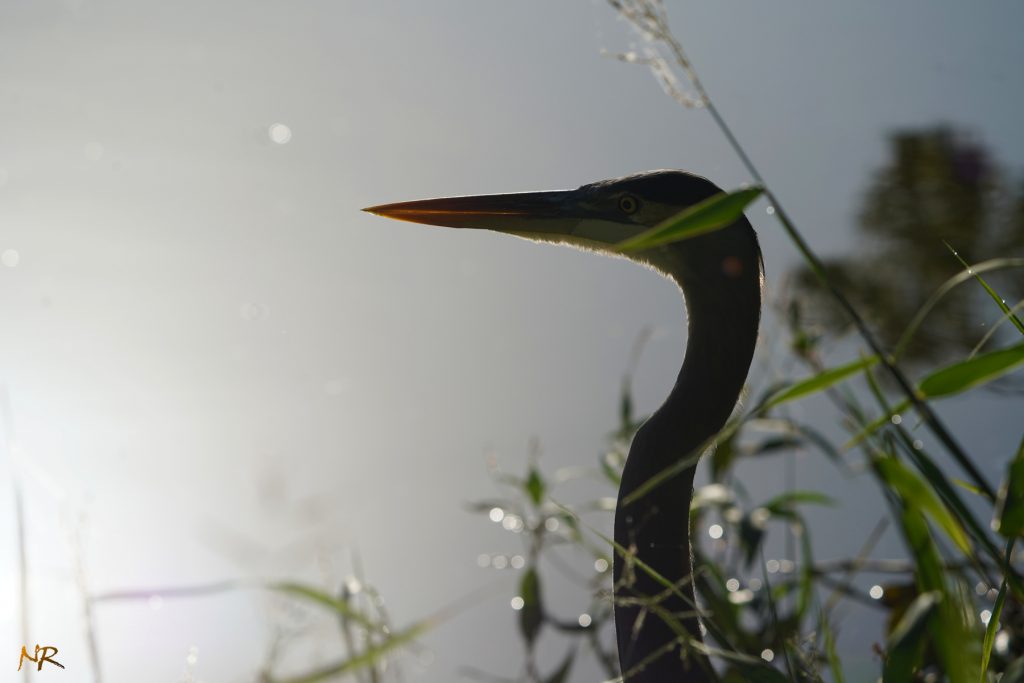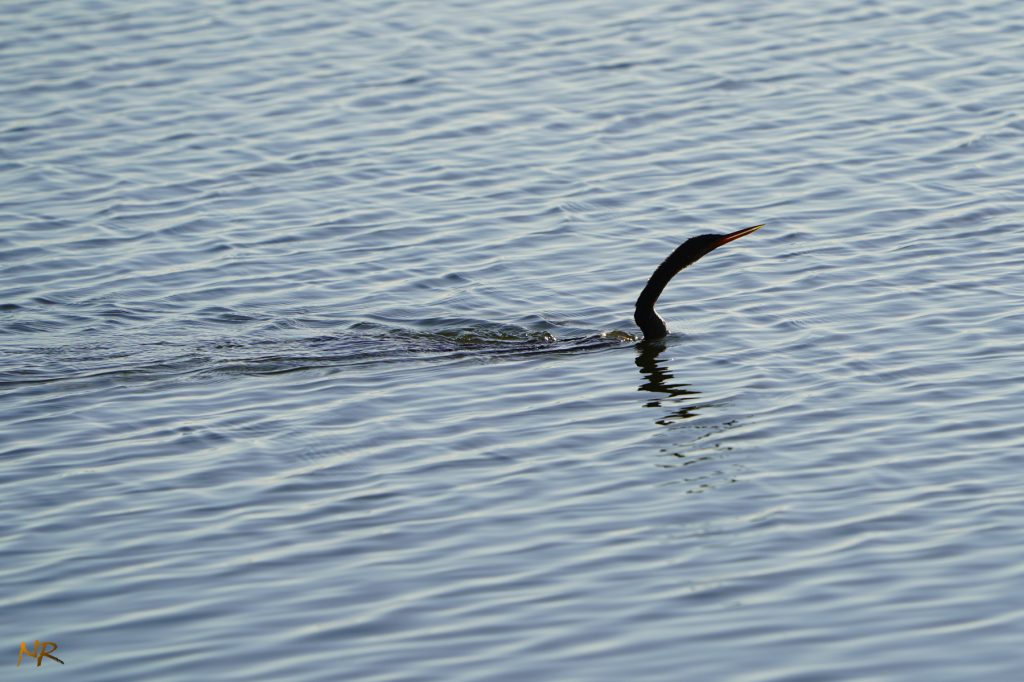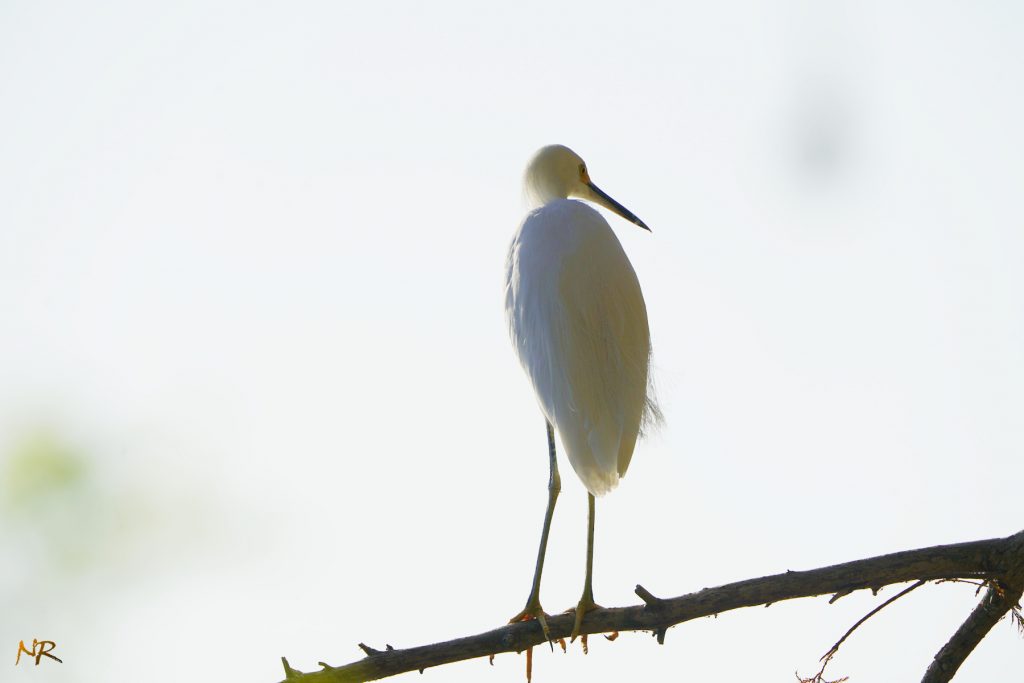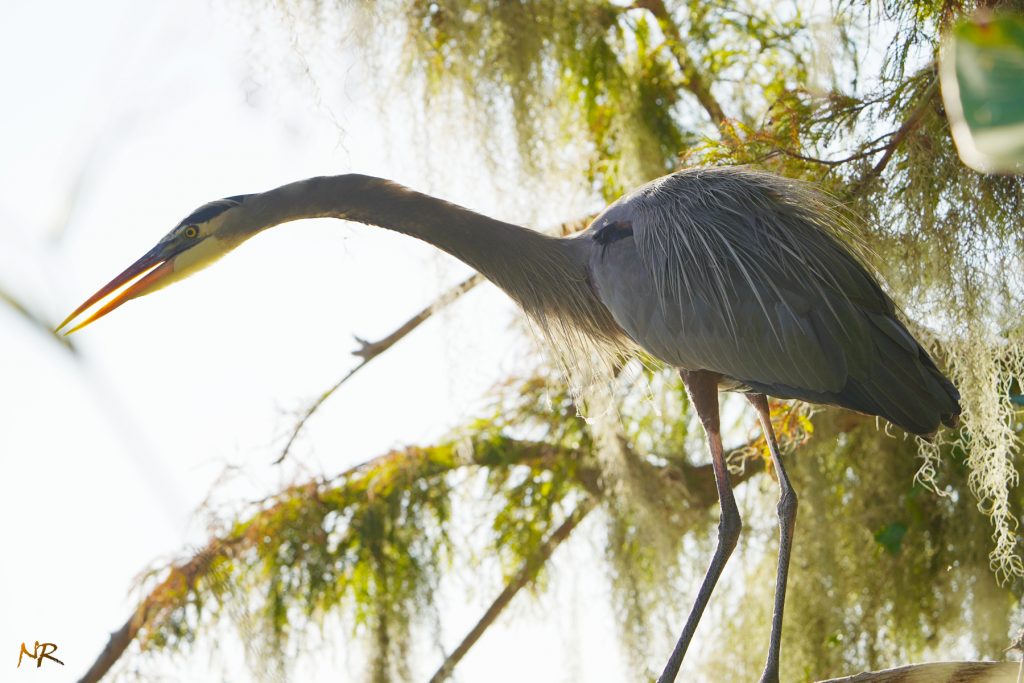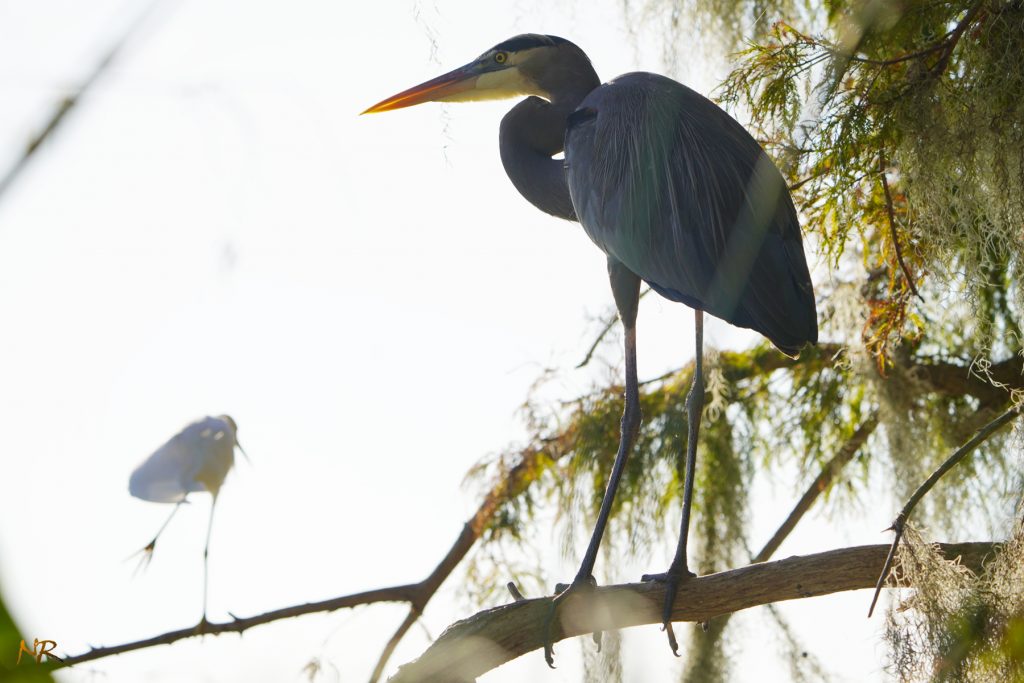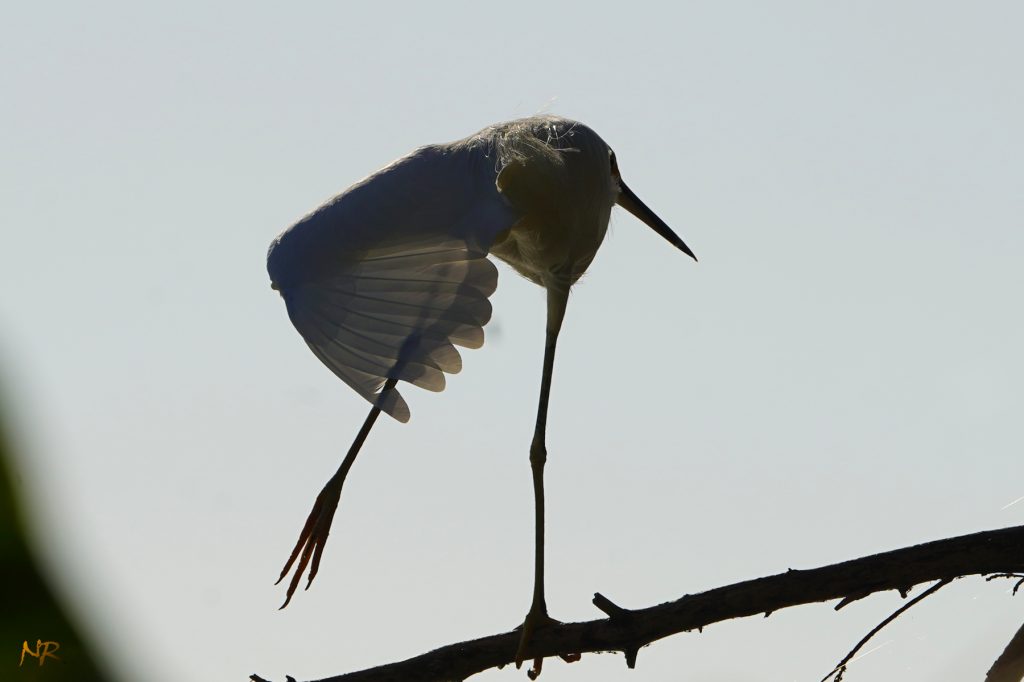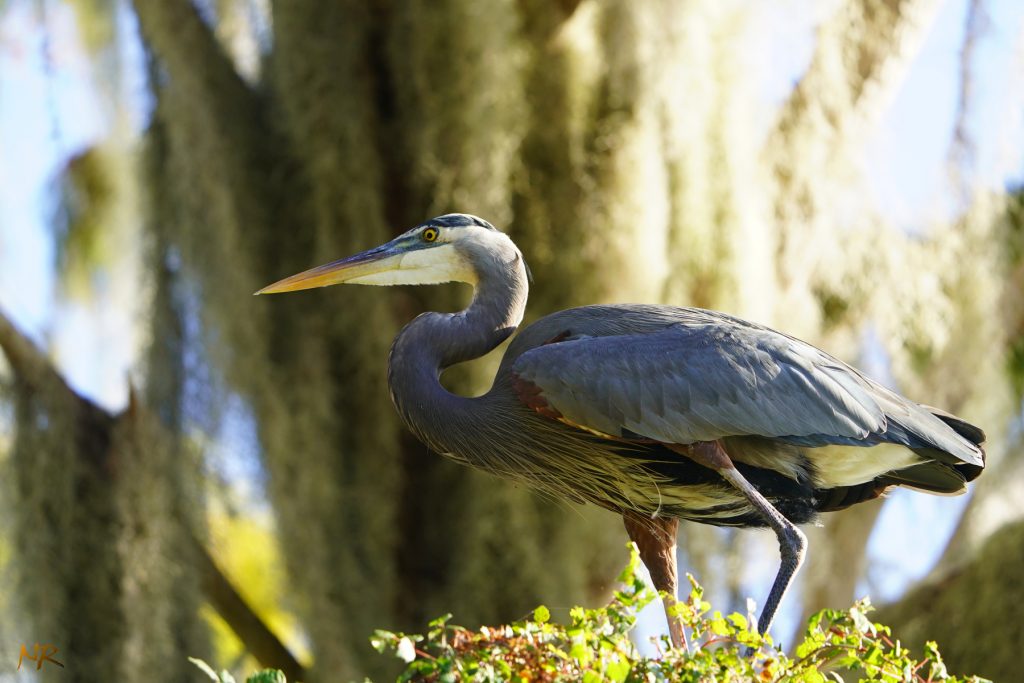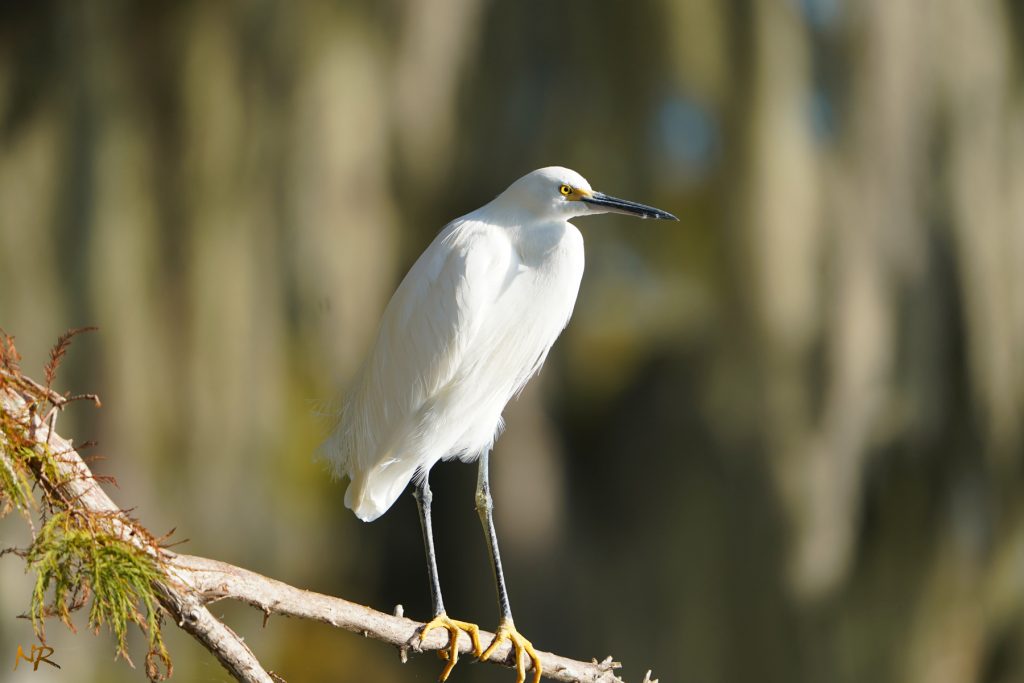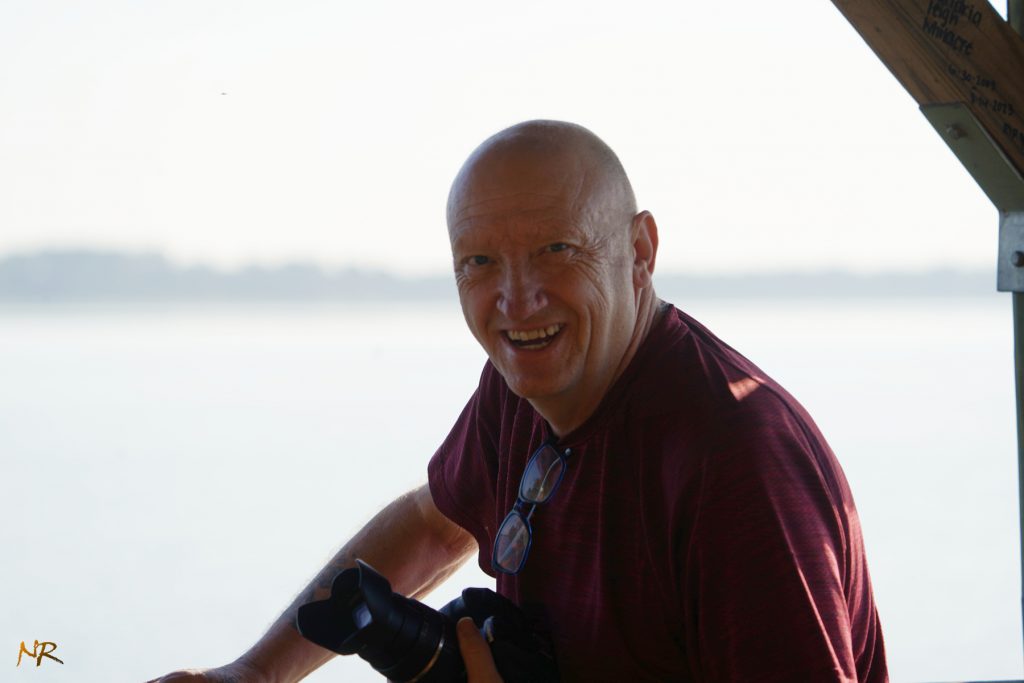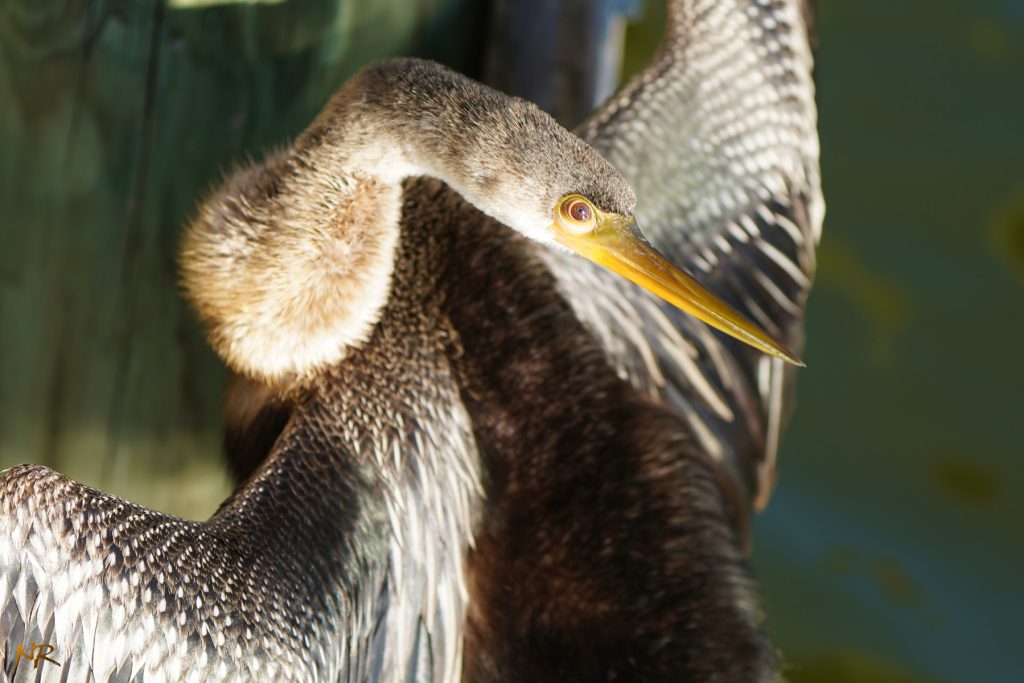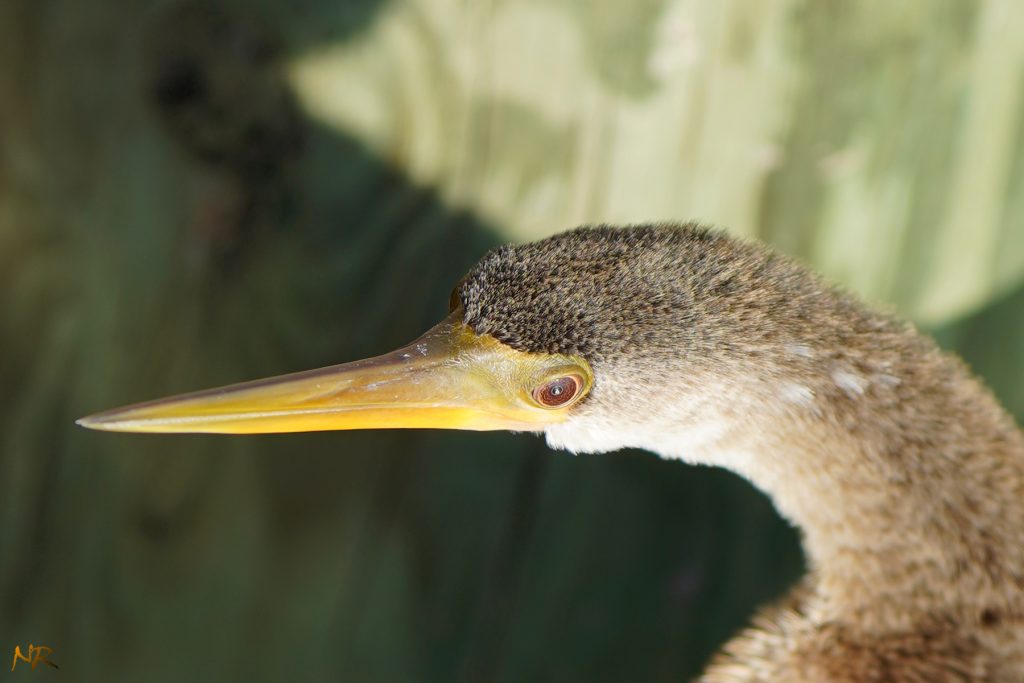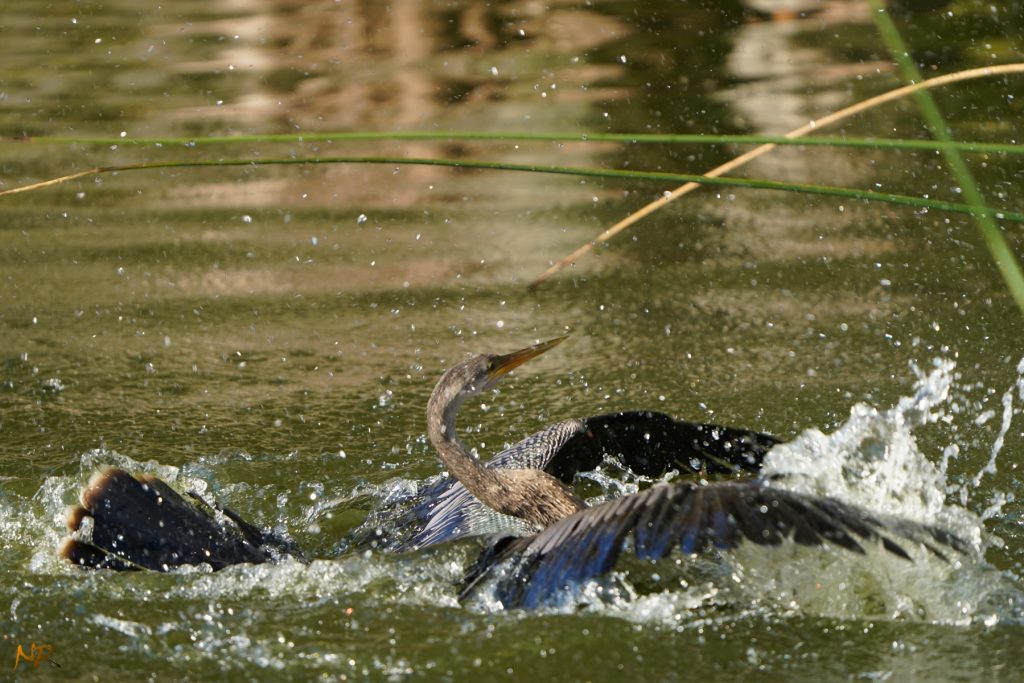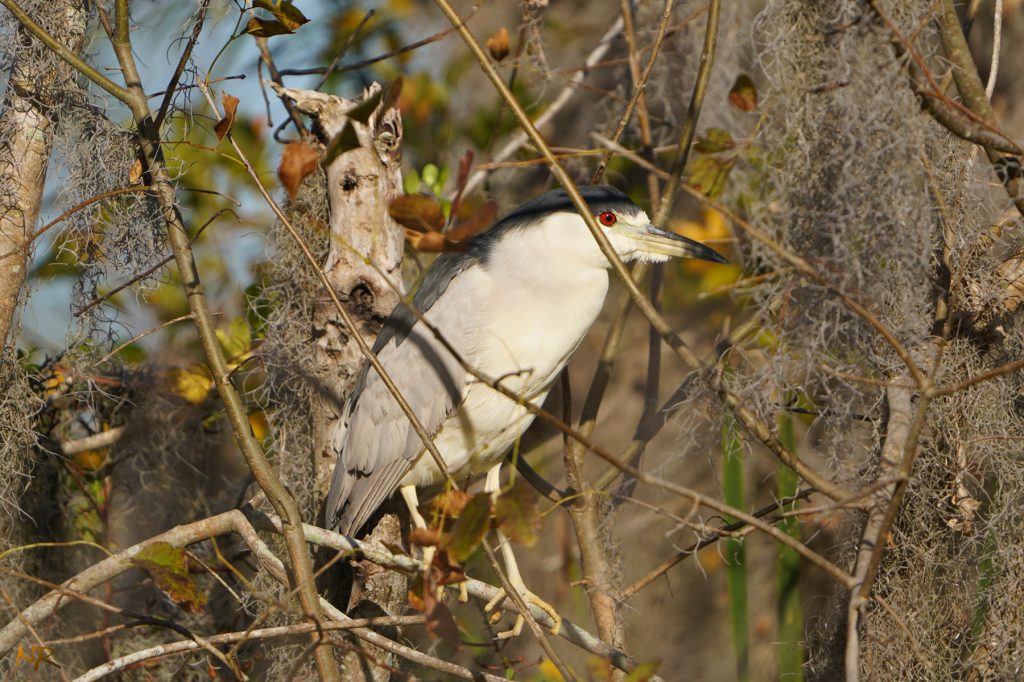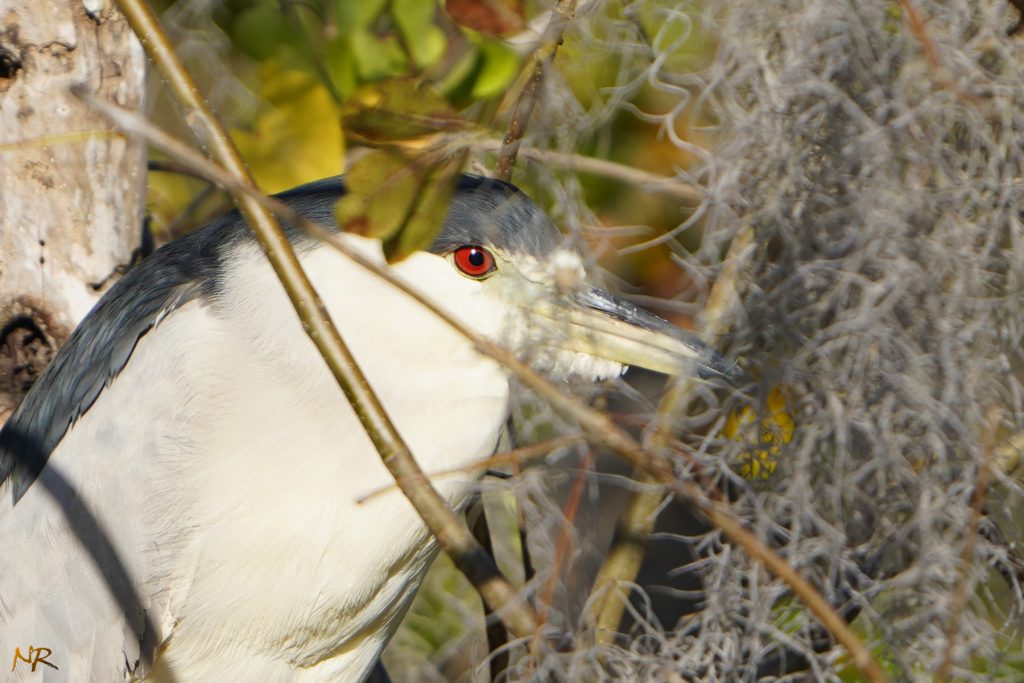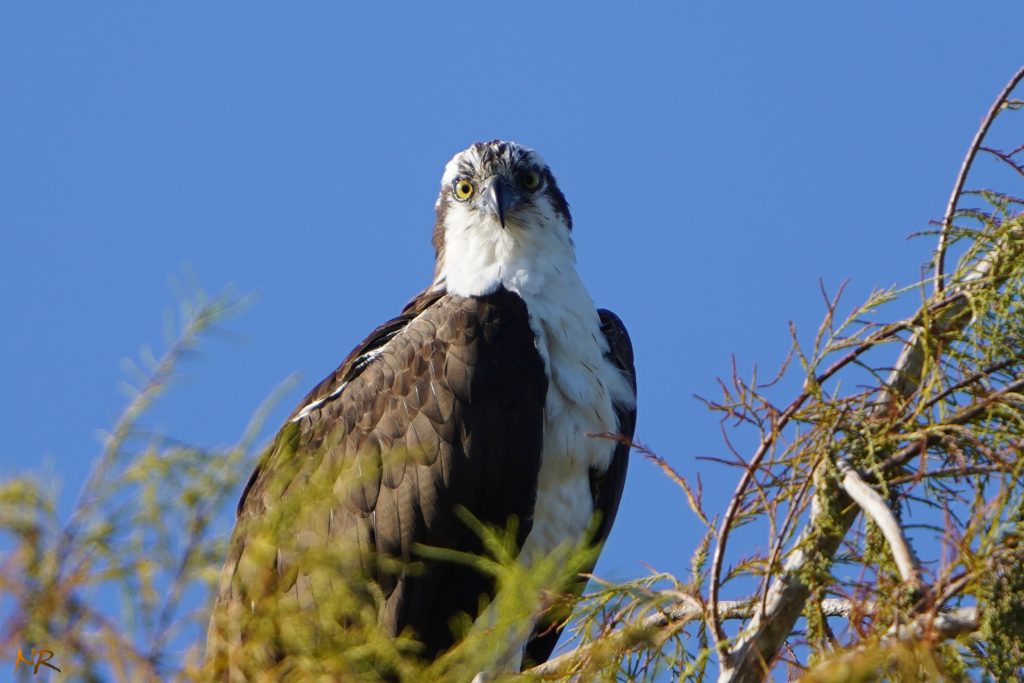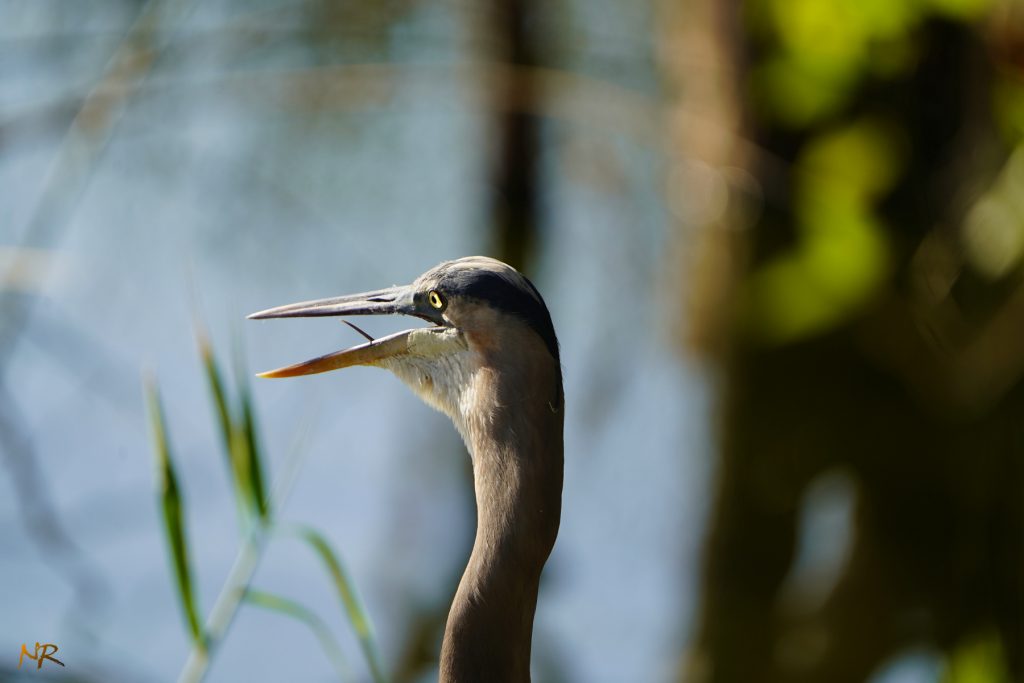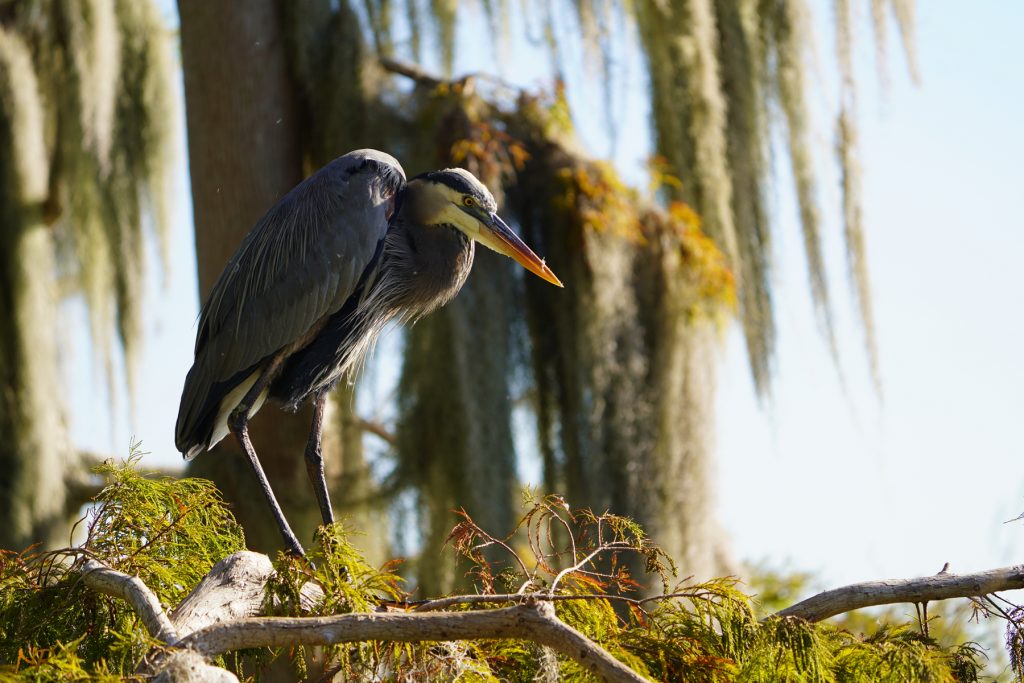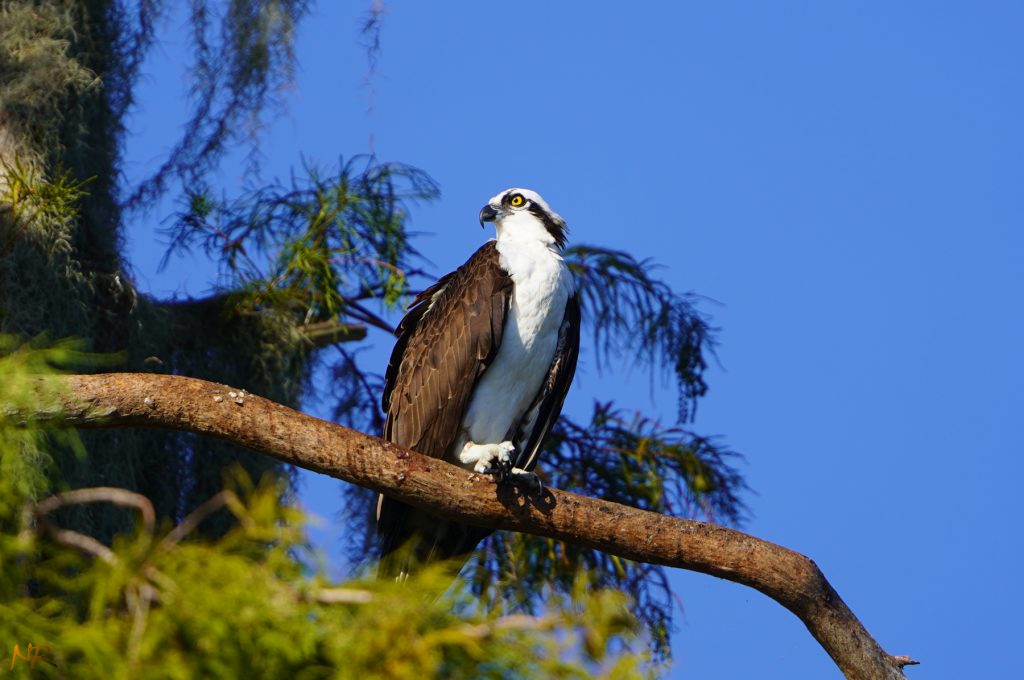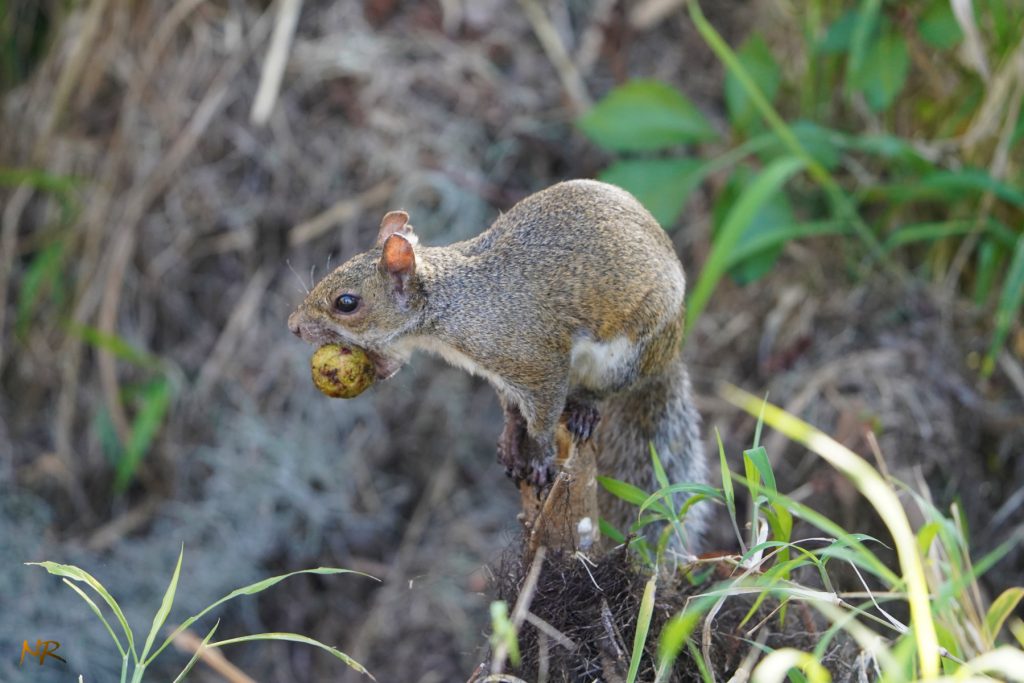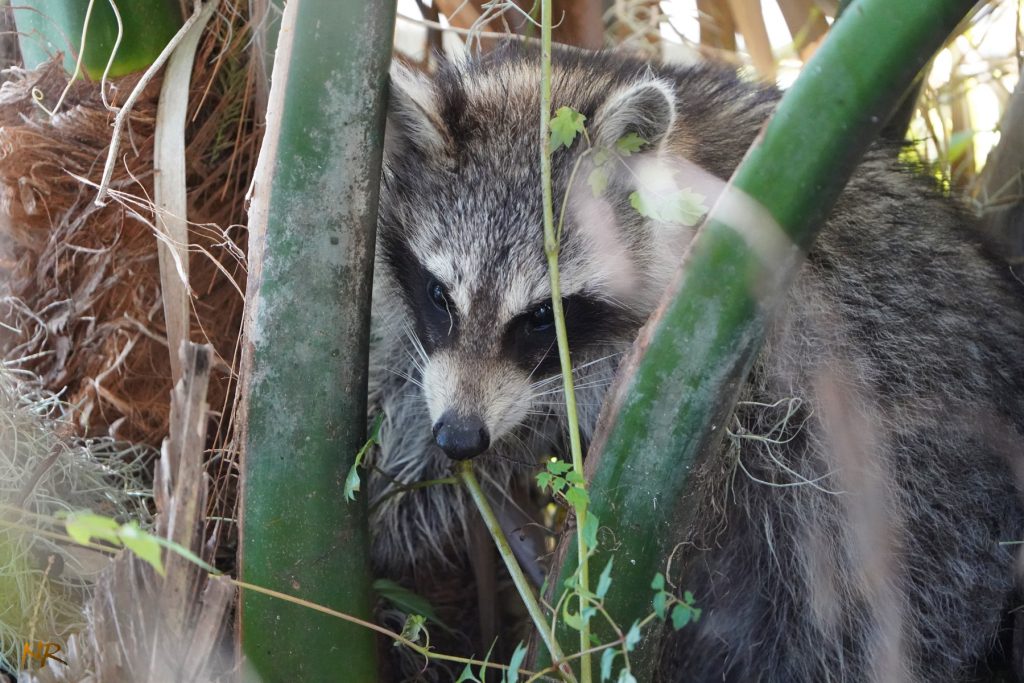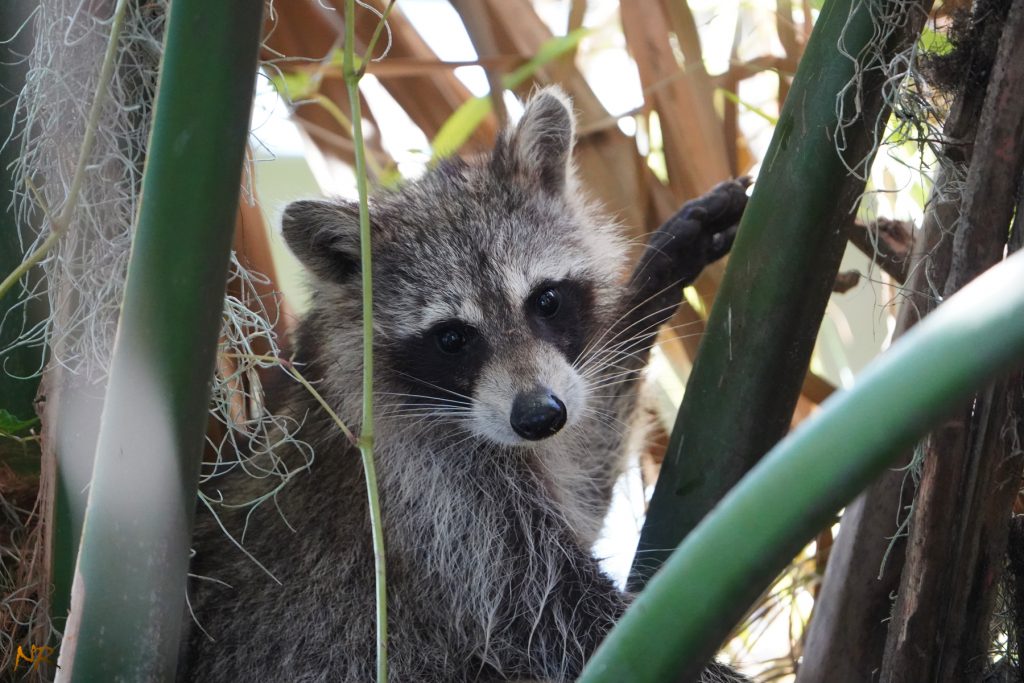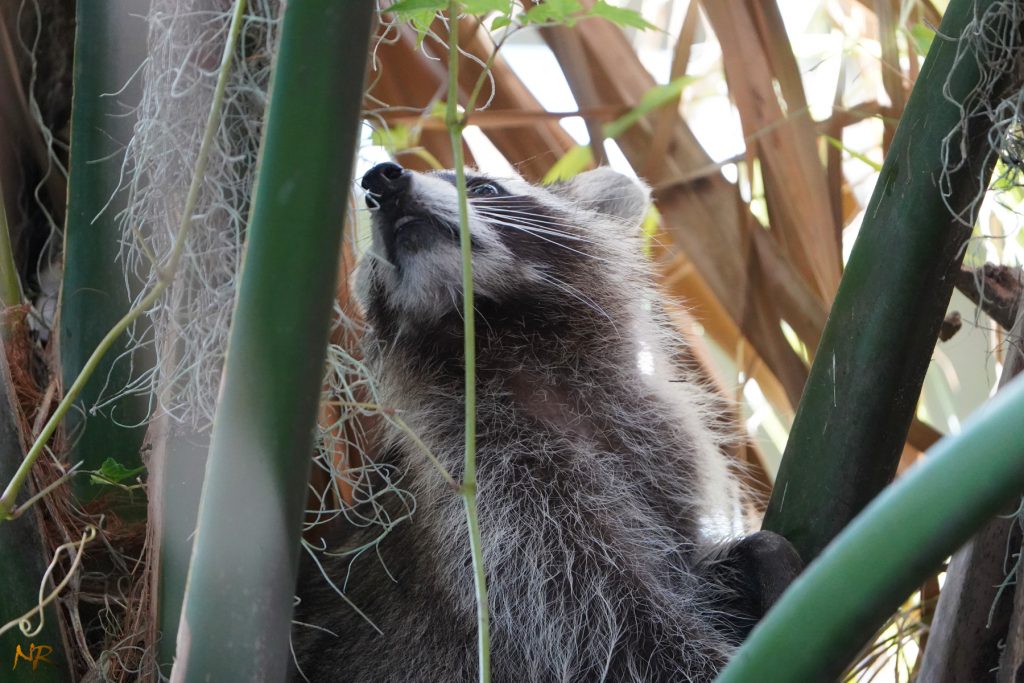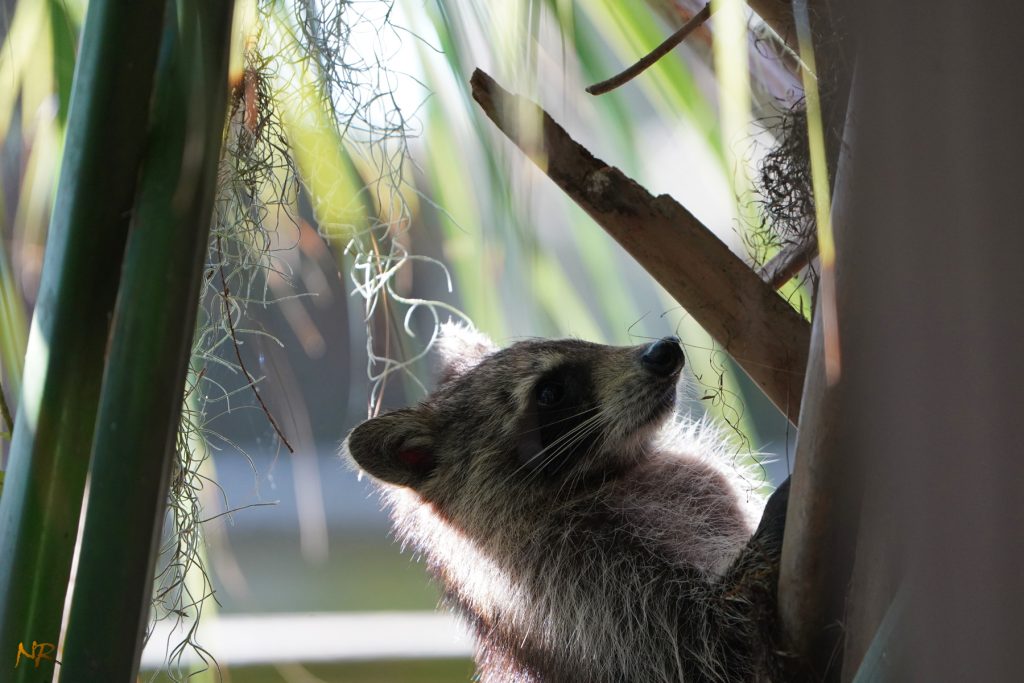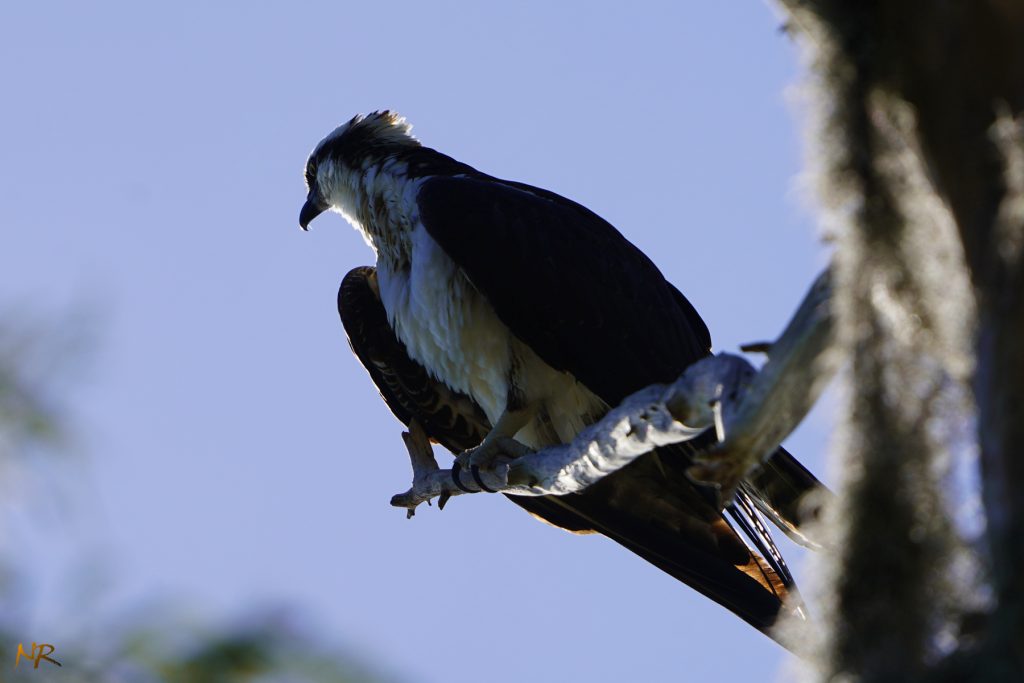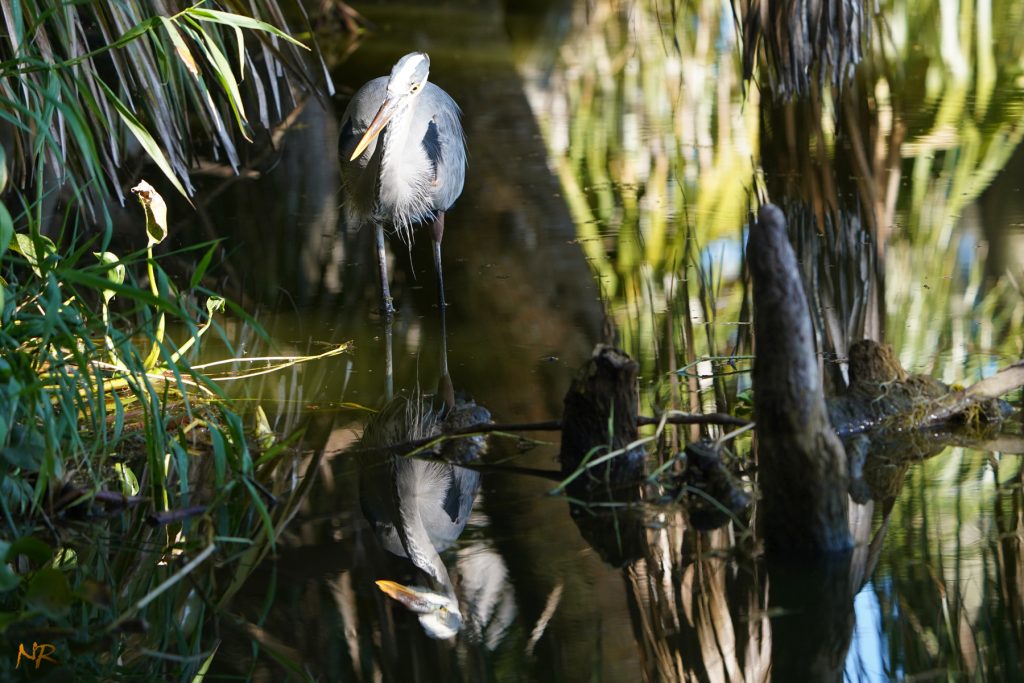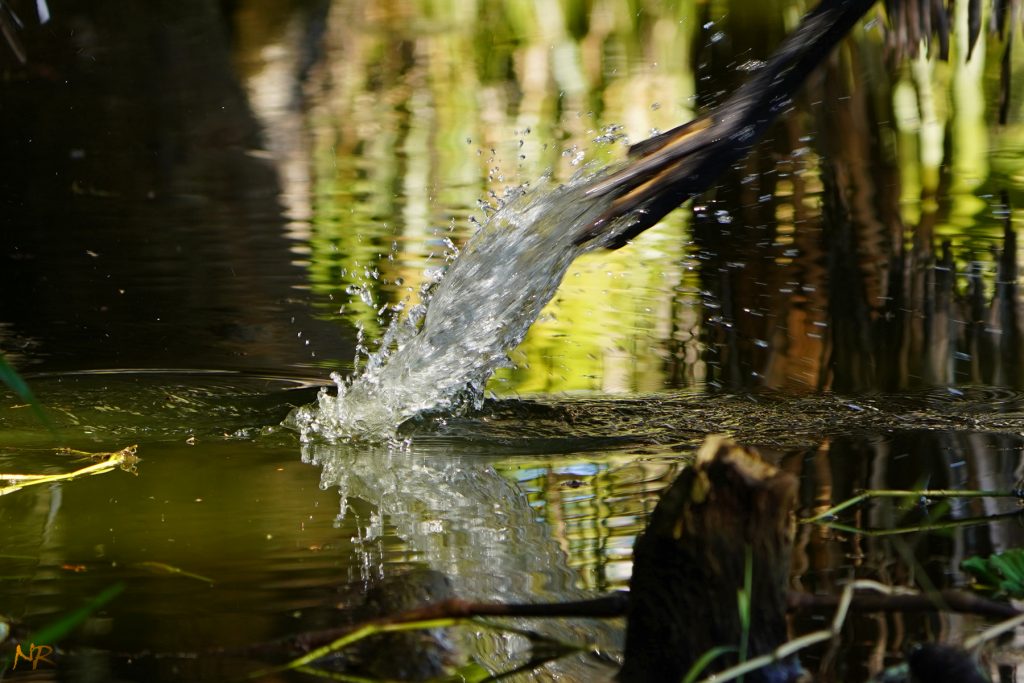Pete has been visiting from England this week and Wednesday we set off together along the Lake Hancock trail at Circle B.
It was unusual to be on a trail in the middle of a work week and it proved to be a gorgeous morning to experience the peace and quiet that this Wednesday brought on the trail. We were slightly behind breakfast time, because the stupid clock had gone back and apparently wildlife hadn’t been informed of the change. So, most of the hunting and catching was over by the time we got there.
Part of me was quite relieved at that, as I have found that the initial excitement of seeing one of these marvelous hunters catch their food is quickly followed by a deep sympathy for the poor creature that has just become food for another.
I am fully conversant with the whole circle of life and I know that, other than by humans, almost all killing is being done in the name of survival and sustenance.
It is a logic that I really do understand; I just feel bad for those towards the bottom of the food chain.
So, Wednesday’s excursion felt quite different in that respect and while I still saw most of the usual suspects, none of them were involved in consuming another at the time. There was still a very slight chill in the air, so most of the cold-blooded creatures like Alligators and Turtles were absent from the trail, so our main trills came from watching the variety of feathered friends that graced the trees and waters around us.
I got some decent shots of many of them and even a couple of decent pics of a wayward Raccoon that was shuffling through the scrub at the side of the lake, trying to be inconspicuous.
They are at the end of the blog and I hope you enjoy!
In the meantime, the thought that formed the basis for this blog really began with the raccoon, and other creatures that partially hid behind obstacles like branches and leaves. These are the kind of obstacles that cause havoc with the camera’s autofocus and forced my hand into seeking manual focus remedies.
If it is a slow moving or stationary creature, I can generally capture a good manual focus with sharp results. For example, the Night Heron that was about a hundred feet away partially hidden behind the surrounding branches and foliage. Not only did I get some decent shots of him but I used the partially hidden perspective to my advantage by focusing purely on the eye and then making it seem that he was peering out while trying to be unseen.
But when it came to the raccoon, he kept moving and my speed of focus was dismal to the point where I took probably 15 different pictures but only three or four came out with a focus that I would accept.
The other real challenge was that the sun was still quite low in the sky and many of the creatures that we could see were taking up positions between us and the sun. Ideally you want the sun behind you and falling perfectly on the subject and this gives the most vibrant and clear image. But trying to maneuver into a position where we could get out from behind the creature was almost impossible as they were lakeside and we were getting lost in the trees and shrubs around them.
Don’t get me wrong, this didn’t take an iota from my enjoyment of the adventure but it certainly did make me work harder to get what I got. And that is ok. Hard work adds a gloss to every success we get along the way.
In this case, I am well versed in understanding my limitations in photography. I know things that I can do well and those I can’t and I am probably not likely to improve beyond the current skill level I am at between now and when I die.
But in the larger scheme of things, our limitations are often unknown to us. We try things that fail. We don’t try things that we could have succeeded at. We all like to imagine that we are the best at what we do. I am the best driver, the best worker, the best husband, etc.
When we are in our twenties we sometimes even lead ourselves into believing that we can almost walk on water. It gives us a self-belief that forms the basis of whatever career path we choose, whatever circles we move in, and whatever adventures we follow.
Some fools carry this illusion into their forties and fifties, and the extremely foolish into their sixties and seventies (think Trump, for example).
But most of us see the cracks in our veneer and realize that at the end of the day we are only human. We are flawed creatures and rarely the best at anything.
This is one of the main reasons that humility becomes a benchmark by which we can measure ourselves and others. Avoid those older folk that still have the jeezez-complex. Their delusions are dangerous.
In reality, limitations are a constructive part of our existence. Personal limitations often form the boundaries we live within our lives. While we may grow experience and skills that make us better performers along the way, our limitations are immovable. And that’s ok. We are not gods and wishes don’t come true. We are who we are and need to find our happiness within those boundaries.
Yes, there are limitations placed on us by others that also can limit our lives but those are different. For example, we may be living in a world that doesn’t allow a woman to attend school and therefore she remains to a large degree uneducated. But is that her limitation?
I think the bottom line in understanding limitations is understanding how to live with them. A continued struggle against them is the foundation for unhappiness and this is what we need to be careful of.
Dante was wrong when he wrote that the door to hell is inscribed with “Abandon all hope, ye who enter here.†That is the sign that exists over the door to life.
Because hoping beyond one’s limitations is truly a fool’s errand.
… just a thought.
